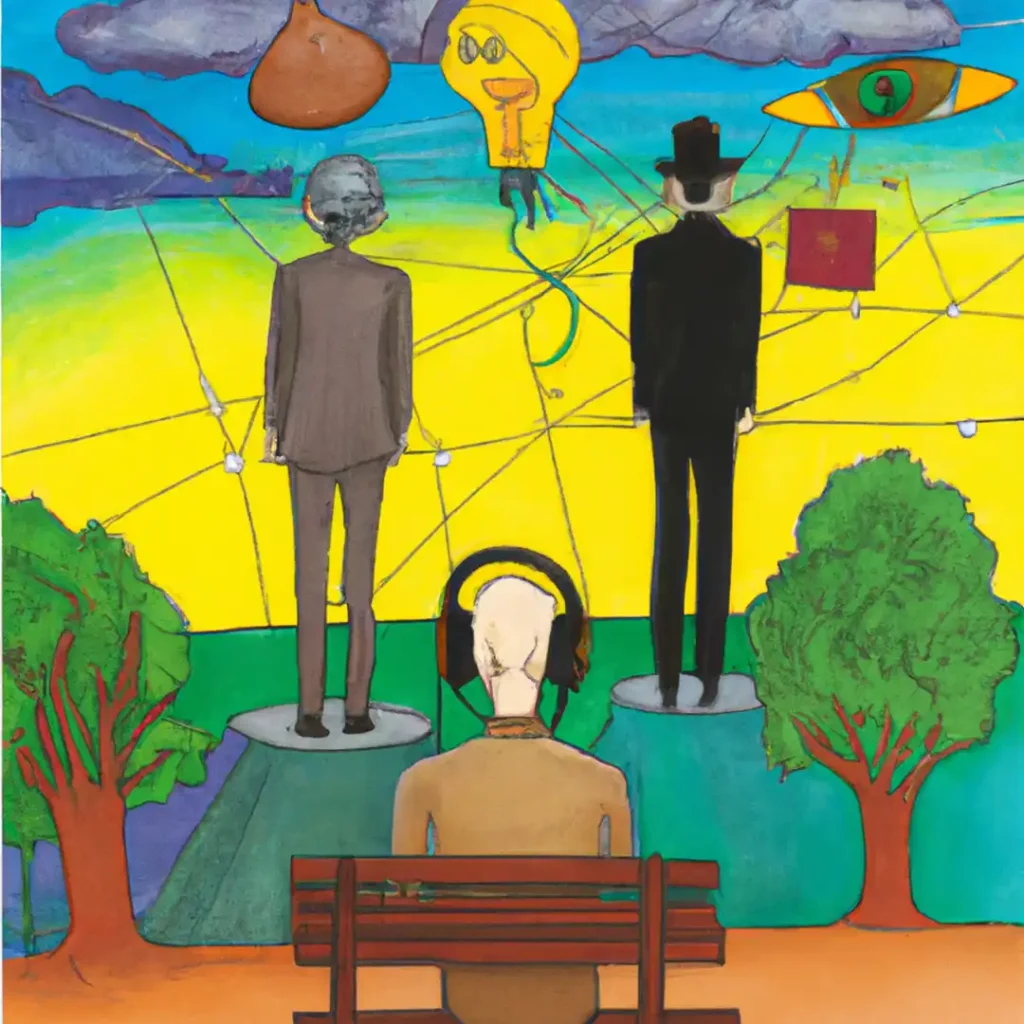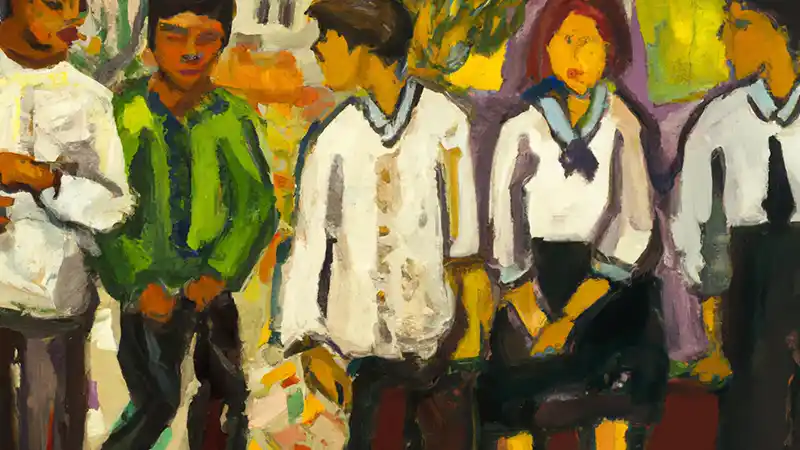In a rapidly metamorphosing world, wherein globalization melds diverse cultures into compact spaces, the very essence of what constitutes a classroom is shifting. Education, a realm once guided by textbook standards and universal practices, now contends with a far more intricate tapestry of student experiences and backgrounds. We must recognize the lens through which education refracts the world to its audience: the students.
Definition of Culturally Responsive Differentiated Teaching
Culturally Responsive Differentiated Teaching, at its core, is the pedagogical alchemy of intertwining cultural sensitivity with the customization of teaching methodologies to cater to individual students. It’s not about merely acknowledging the presence of diverse backgrounds but intimately weaving them into the fabric of education itself. It recognizes that learning is not a uniform process; it is dynamic, reflective of the students’ cultural contexts, and needs a responsive touch.
Importance of Cultural Responsiveness in Modern Classrooms
The modern classroom isn’t just a physical space confined by four walls but an intellectual expanse teeming with myriad identities. The old adage of a melting pot seems outdated; classrooms today resemble more of a mosaic, each piece retaining its uniqueness yet contributing to a bigger, harmonious picture. Ignoring cultural facets is akin to disacknowledging whole segments of this mosaic. The consequence? A fragmented understanding of the world and one’s place in it.
Understanding Cultural Responsiveness
Culture in Learning
Culture is not a mere backdrop against which the drama of learning unfolds; it’s an active protagonist, shaping narratives and influencing outcomes. Every student walks into a classroom with an invisible backpack of cultural experiences. To teach without recognizing this baggage is to risk misinterpretation, or worse, a complete lapse in communication.
The Harvest of a Culturally Responsive Classroom
In such an environment, education is no longer a monologue but a dialogue. Each lesson becomes a two-way exchange, infused with stories, backgrounds, and diverse perspectives. The benefits are manifold: increased engagement, deeper understanding, and a fostering of empathy and global citizenship. When students see themselves reflected in what they study, the abstract becomes tangible, and learning evolves from a task to an adventure.
Demystifying Misconceptions
However, as with any concept that challenges the status quo, misconceptions abound. Cultural responsiveness is often mistakenly viewed as merely adding ethnic holidays to the school calendar or reading books from diverse authors. While these are commendable steps, true cultural responsiveness dives deeper. It’s not about token representation but genuine integration. Another misconception is that it benefits only minority students. On the contrary, it enriches everyone, cultivating a broader worldview and dispelling stereotypes.
The Intersection of Differentiated Instruction and Cultural Responsiveness

Differentiation: Tailoring Instruction to Individual Needs
As educators using differentiated instruction, we seek to tailor the educational experience, breaking away from the one-size-fits-all paradigm. At its essence, differentiation identifies the distinct cognitive, affective, and psychomotor domains of every learner, striving to deliver tailored instructional experiences.
How Culture Influences Learning Styles and Preferences
Culture, a potent brew of traditions, beliefs, and values, casts profound ripples across the seas of learning. For some, learning thrives in collaborative, communal settings, reflecting their community-oriented upbringing. Others, influenced by cultures that prize independence, may find solace and productivity in solitary exploration. Just as the camera lens captures variances in light, shadow, and perspective, educators must recognize and respond to the kaleidoscopic spectrums of cultural learning modalities.
The Synergy between Differentiation and Cultural Responsiveness
In this juncture of differentiated instruction and cultural responsiveness, lies a profound synergy. It’s an alignment of purpose and process, a harmonizing of individual needs with collective experiences. Both demand a departure from traditional pedagogy, urging educators to see students not just as recipients of knowledge, but active, diverse participants in their learning journey.
Key Strategies for Implementing Culturally Responsive Differentiated Teaching
Conducting Cultural Assessments: Understanding Your Students’ Backgrounds
Surveys, discussions, and simple conversations can yield a wealth of insights. By understanding where students come from, educators can chart a more meaningful course to where they need to go.
Adapting Content, Process, and Product based on Cultural Insights
Education should be as dynamic as the world it seeks to represent. Armed with cultural insights, educators can adapt lesson content, instructional methods, and evaluation strategies. It might mean exploring history from varied perspectives, adopting diverse problem-solving strategies in mathematics, or evaluating through both individual and group-based assessments.
Incorporating Diverse Resources and Materials in Lessons
A curriculum enriched with diverse resources is akin to a gallery curated with eclectic art. It offers multiple vantage points, challenging and expanding young minds. Teachers might introduce texts from global authors, utilize digital platforms that showcase international perspectives, or employ multimedia from various cultural origins.
Promoting an Inclusive Classroom Environment
Beyond curriculum and pedagogy, the classroom ambiance plays a pivotal role. An inclusive environment reverberates with respect, curiosity, and mutual appreciation. It’s where diverse voices are not just heard but actively sought. Such an ambiance doesn’t sprout overnight; it’s cultivated through purposeful activities, discussions, and reflections, ensuring every student feels seen, valued, and integral to the learning tapestry.
Techniques for Successful Implementation

The Power of Open Dialogue and Feedback Loops
Open dialogue becomes the lifeblood of culturally responsive pedagogy. Such a dialogue isn’t a sporadic event but an ongoing conversation where students voice their experiences, preferences, and concerns. Feedback loops, intertwined with this dialogue, allow for real-time course correction, ensuring that instruction remains both relevant and effective. It’s a process of perpetual learning, where educators, much like their students, evolve through reflection and adaptation.
Collaborative Learning Using Diverse Groupings
A classroom is a microcosm of the larger world, and what better way to simulate real-world interactions than through diverse groupings? By intentionally mixing students from varied backgrounds and aptitudes, collaborative assignments become a cauldron of ideas, perspectives, and problem-solving approaches. It’s a dynamic environment where students not only learn the curriculum but the invaluable lessons of empathy, communication, and teamwork.
Real-world Applications: Connecting Lessons to Students’ Cultural Backgrounds
The bridge between abstract concepts and tangible understanding often lies in real-world application. By anchoring lessons in the cultural realities of students, educators make learning immediate and resonant. A mathematical concept might be explored through a local market scenario, a history lesson could delve into community histories, and a literature class might dissect narratives from a student’s homeland. This weaving of the personal with the pedagogical ensures that education isn’t just something students engage with but deeply connect to.
Addressing Challenges and Potential Pushback
No transformative journey is without its hurdles. Some educators may grapple with the complexities of integrating multiple cultural perspectives. Others might face resistance from stakeholders wedded to traditional pedagogical methods. Addressing these challenges requires a blend of resilience, continuous professional development, and community engagement. Open forums, workshops, and consistent communication can demystify misconceptions and rally collective support for this paradigm shift.
Tools and Resources
Recommended Books, Online Platforms, and Tools
Books such as “Culturally Responsive Teaching and The Brain” by Zaretta Hammond offer deep insights into neuroscience and its interplay with culture. Online platforms like Edutopia and Teaching Tolerance provide a plethora of articles, lesson plans, and community stories that champion the cause of cultural responsiveness. Tools such as the Intercultural Development Inventory (IDI) can be invaluable in assessing and enhancing cultural competencies among educators and students.
Professional Development Opportunities for Educators
Continuous growth is a hallmark of exceptional educators. Organizations like the National Association for Multicultural Education (NAME) offer workshops, conferences, and webinars tailored for this pedagogical approach. Collaborative initiatives, fellowship programs, and international exchange opportunities also present avenues for educators to immerse themselves in diverse cultural environments, enriching their own perspectives and instructional strategies.
Conclusion
The journey through this discourse underscores a pivotal realization: the realm of education is shifting from a monolithic structure to a dynamic, fluid mosaic. The fusion of cultural responsiveness with differentiated instruction isn’t just a novel teaching strategy; it’s a clarion call for acknowledging the rich tapestry of human experiences. In a world teeming with diversity, the classroom becomes a crucible where these myriad narratives converge, clash, and ultimately coalesce. For educators, the path forward isn’t rigid adherence to old norms but a continuous dance of learning, adapting, and evolving.

